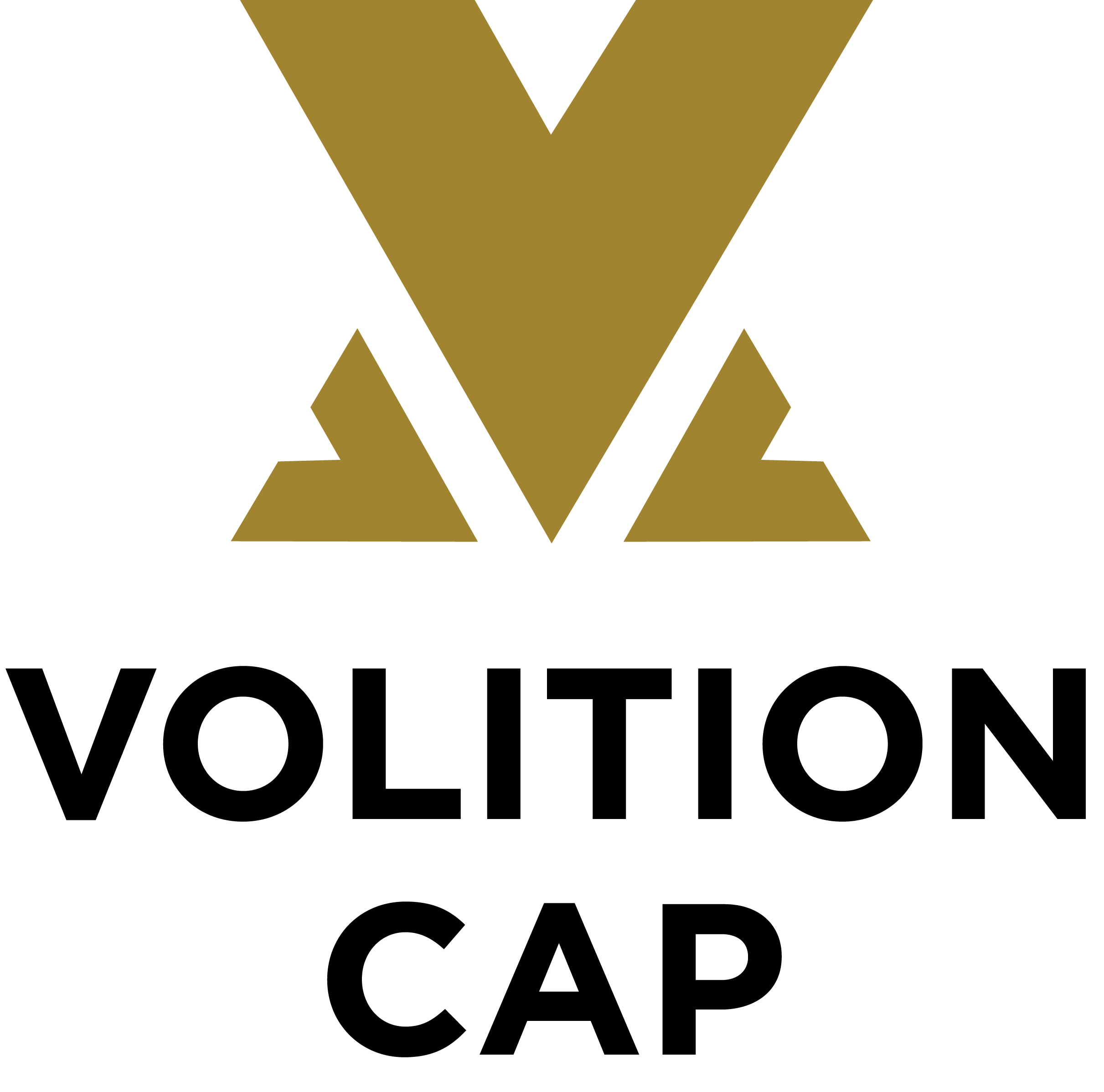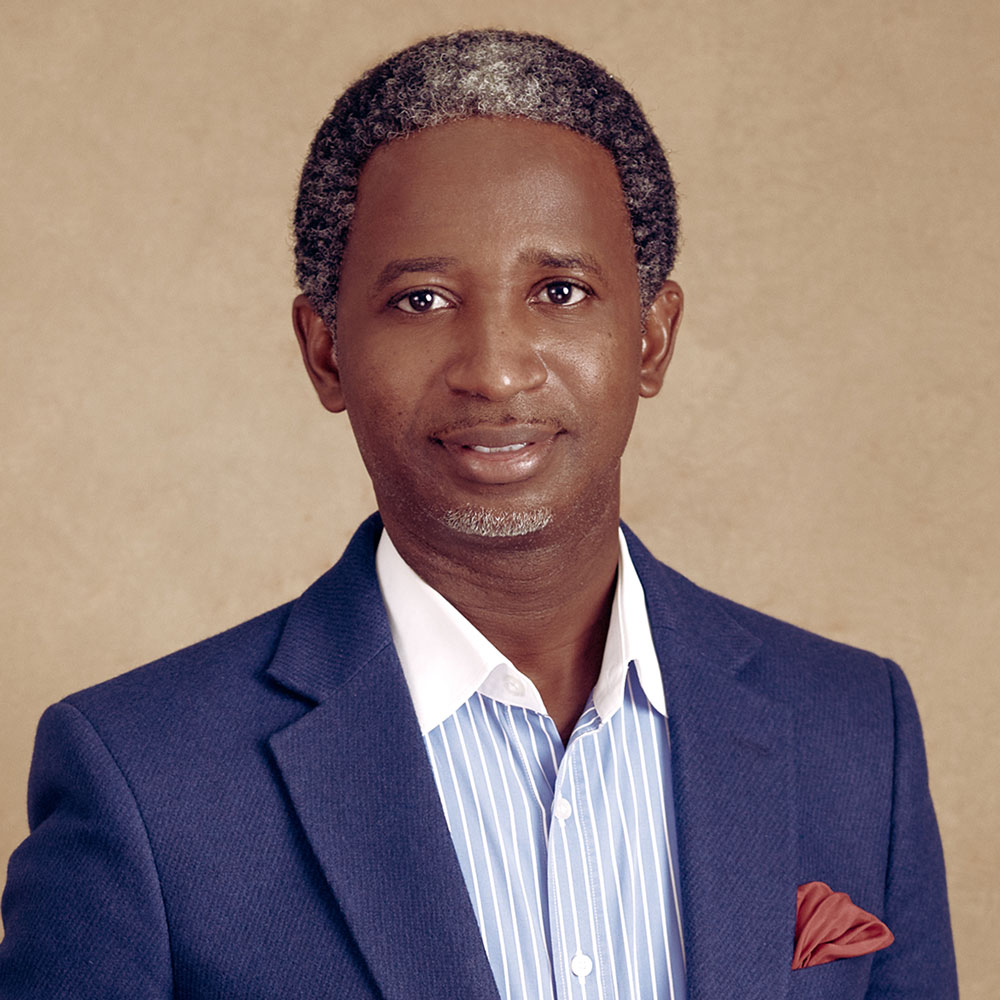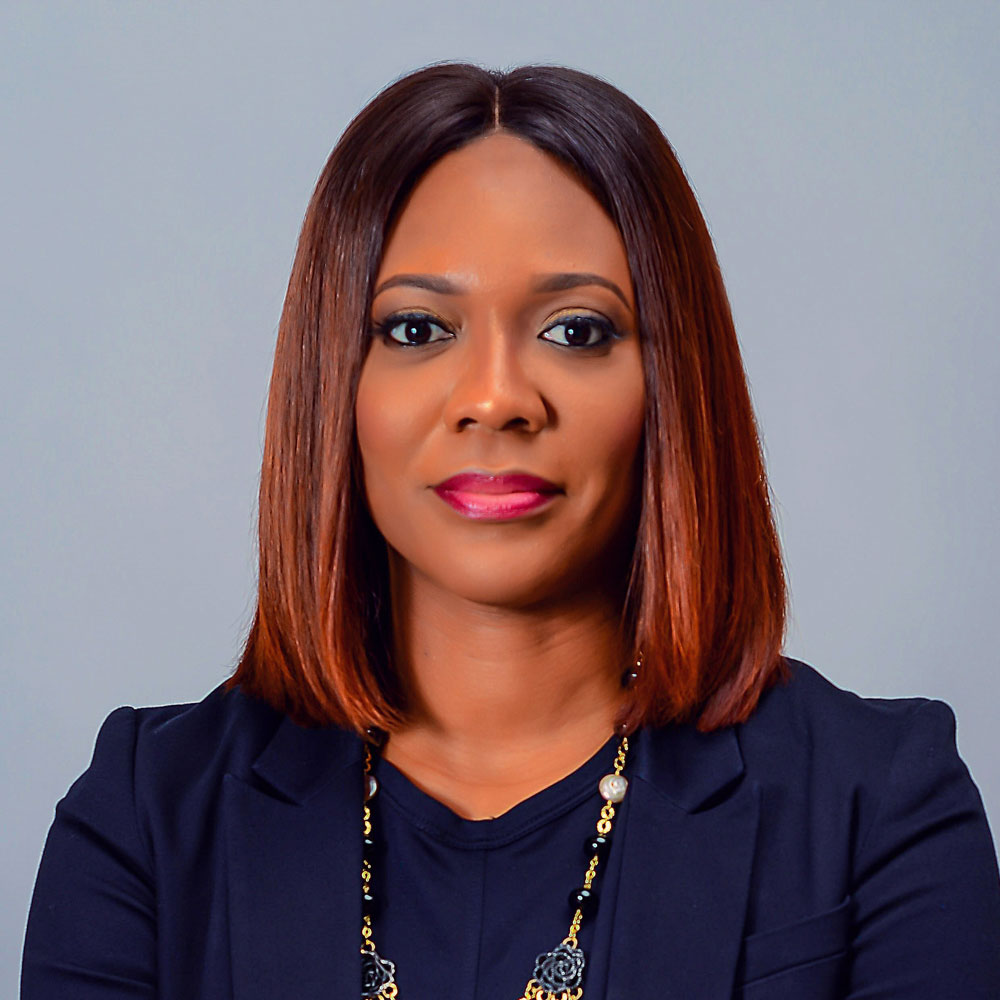Nigeria needs to generate between 40,000MW and 60,000MW of Electricity, but generation is less than 5,000MW. You know the gist. The common consequence is that businesses run on generators thereby increasing the cost of production. On 31st August, our ”What’s New?” informed you that the government had approved an increase in electricity tariffs, even though the National Assembly had promised that this would not happen until 2021. Well, this post expands on the issue further. Wanna learn more? Keep reading!
How tariffs work.
If you are a metered consumer in Nigeria, the cost of electricity depends on 4 factors. First, your location. There are 11 electricity distribution companies (DisCos) operating in Nigeria. Second, your tariff class. Every electricity customer belongs to one – residential, commercial, industrial, special and street lights – based on projected energy consumption. Third, tariff rate. This depends on your tariff class. Finally, the quantity of energy consumed in KWh.
The hike in electricity tariffs.
A planned increase in electricity tariff was initially scheduled for April 1st, 2020. This was postponed to July 1st in order to give stakeholders time to design a service based tariff system. When a service based system works, it ensures that the customers receiving high quality of service would pay agreed rates with the distribution companies, while those receiving poor service would not experience any tariff increase.
The increase in tariff and a commencement date of 1st July were both approved by the Nigerian Electricity Regulatory Commission (NERC). By June however, Premium Times Newspaper reported that DisCos were accusing the NERC Of dissociating itself from the increase in tariff.
Well, you cannot blame the NERC. En masse, Nigerians have condemned the tariff increase. The most common argument is that the electricity situation should improve first before any increase. Meanwhile, proponents of the tariff (e.g. Discos) counter this argument by explaining that the electricity situation cannot improve unless consumers pay the appropriate prices for electricity. This way, investors will make enough money to reinvest in their infrastructure.
Well, August came and ta-dah! Hike approved!
Why is the hike happening?
Business Day Newspaper did a useful breakdown. The estimated cost of electricity in Nigeria is about N53/kWh. Meanwhile, distribution companies only charge N31/kWh. The difference of N22/kWh is a subsidy which cost the Federal Government of Nigeria N560 billion in 2019 (7% of the budget!). If this subsidy continues, it will total N610 billion in 2020 even though energy produced is the same.
The most prominent argument is that this recurrent expenditure used to cover the tariff shortfall could be used to improve other sectors such as healthcare and education. In addition, an analysis corroborated by the World Bank showed that 60% of this subsidy is actually used to cover electricity consumption for the richest 10% of the population. Meanwhile, 90 million of the poorest Nigerians have no access to power.
Nigeria cannot fund the subsidy for this year. The National Assembly only approved N80 billion for tariff subsidy. The government planned for 40% of the 2020 tariff subsidy to come from a $750 million loan the World Bank agreed to grant. The World Bank then made this loan contingent on the removal of the subsidy regime, calling it retrogressive and exploitative of the poor. Removal of subsidies is the rave now. The African Development Bank and the World Bank have made it clear that they would not extend more facilities until retrogressive subsidies are removed.
When DisCos (distribution companies) met with the federal government, their projection was that 80% of the increase would be borne by the richest 20% of the population. There would be no change in tariff for the poor, and customers who receive less than 50kW of energy a month will not experience any increase. Well, let’s see.
More talk.
Citizens have labeled the hike as unnecessary considering the poor state of the economy and growing poverty among Nigerians. Some have gone as far as protesting. On September 10, Vanguard Newspaper reported that armed policemen in Lagos arrested 14 protesters and 4 journalists who were protesting the hike. NGOs have since condemned this action.
A striking discovery is that Discos are yet to provide prepaid meters for all consumers. If this is the case, then most consumers would still be subjected to estimated billing. A service reflective electricity tariff would then be implausible. Also, many Nigerians are not connected to electricity at all. It may be time for the government to support the off-grid space in the power sector.
Since September 7 however, the President has personally defended the hike. He explained that there was no provision for subsidy in the revised 2020 budget. He then said his administration was pursuing a mass metering program to provide meters for over 5 million Nigerians. Regarding those who are not connected to electricity, “We are providing solar home systems to 5 million Nigerian households (impacting up to 25 million individual Nigerians) in the next 12 months.”
In conclusion, he said, “Protecting the poor and vulnerable, while ensuring improved service in the power sector, is also a major priority for the Government.”
Well, these fingers are crossed again.





